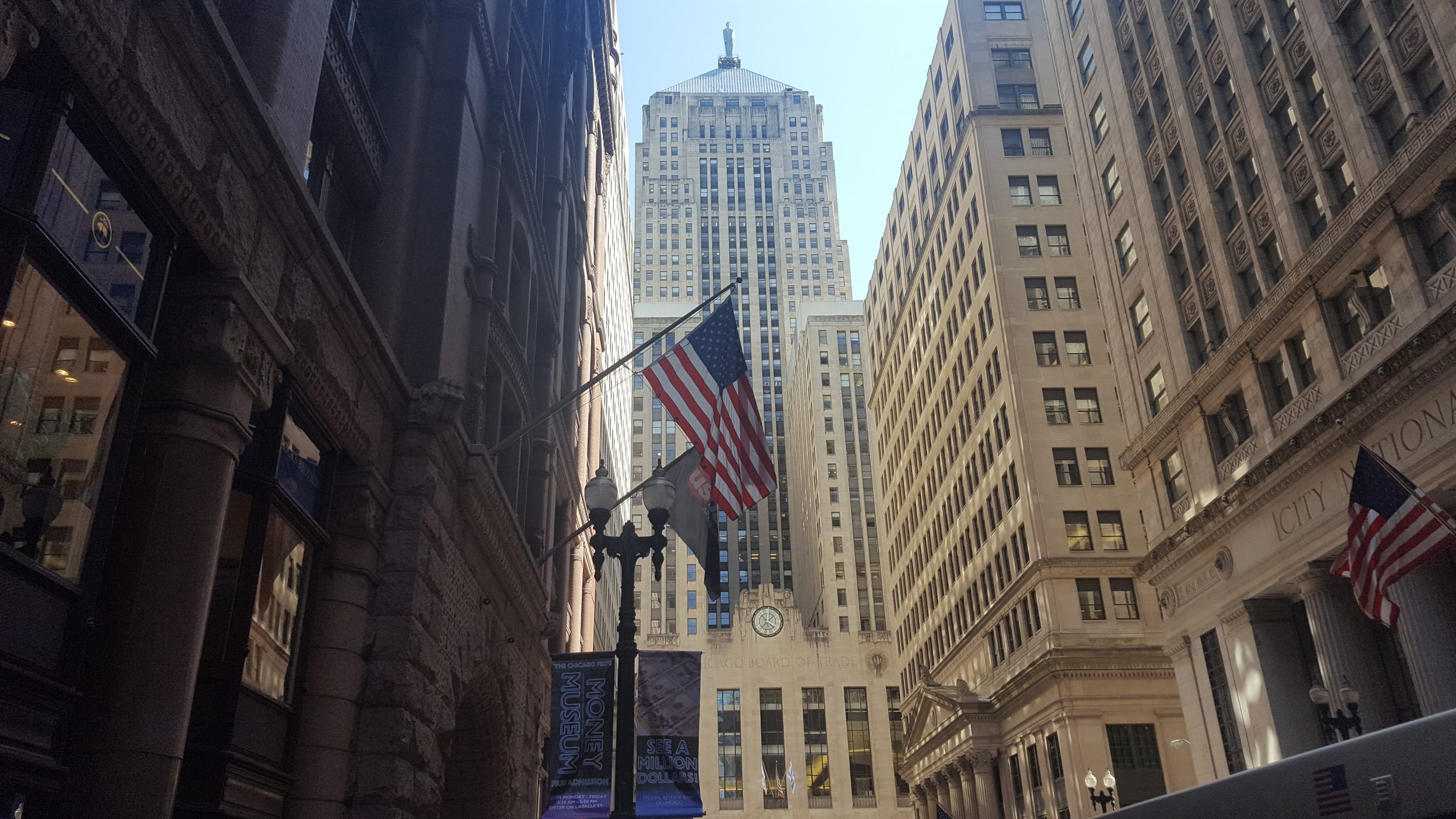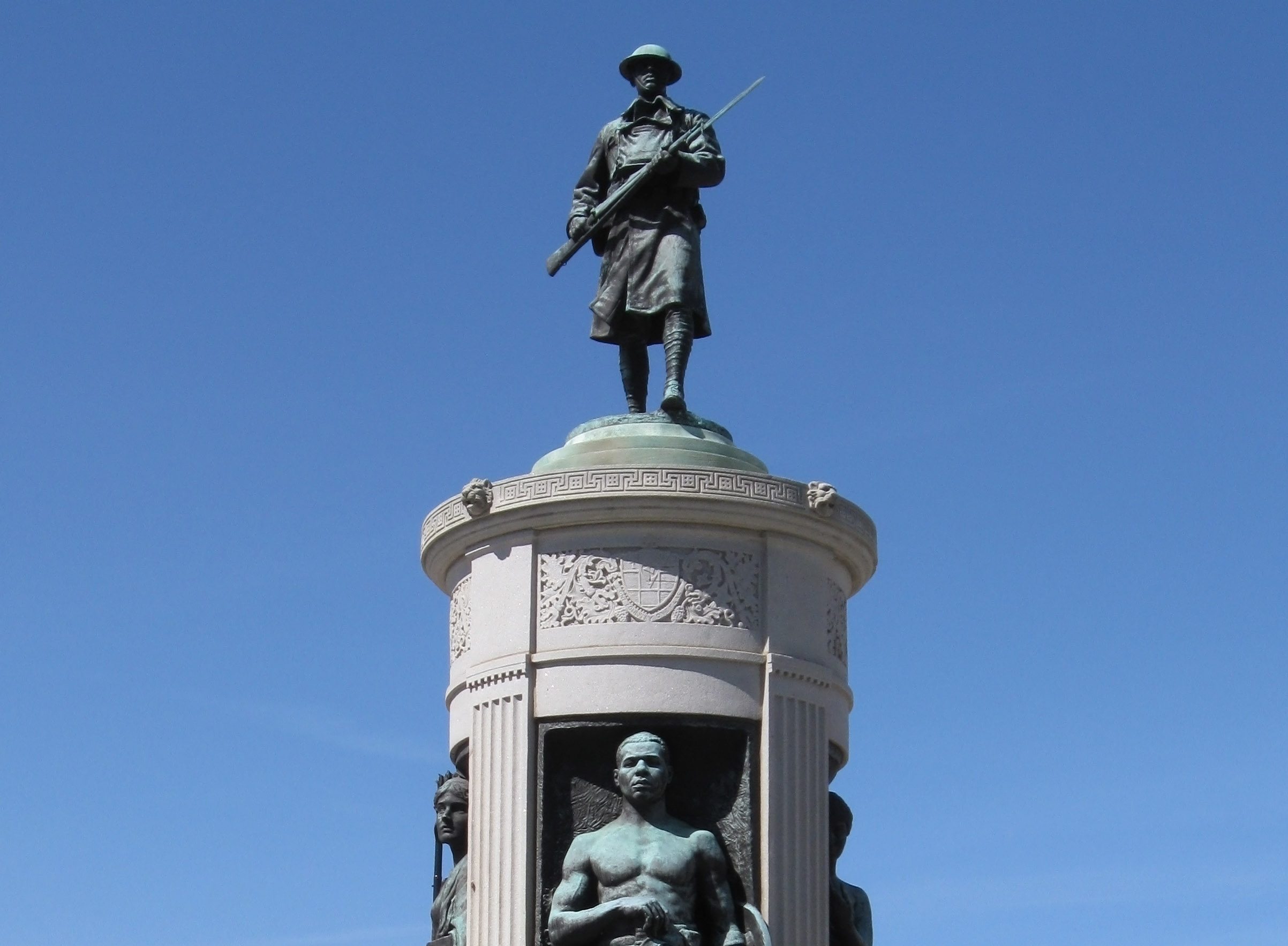April 13, 1992 was a deeply strange day in Chicago history. By mid-morning the city center was emptied of people, something likely not seen since the Great Fire of 1871. Hundreds of thousands of workers were sent home. Venerable institutions like the Board of Trade shuttered. The city lost billions in productivity. All because, below street grade, 250 million gallons of water from the Chicago River were coursing through downtown. It was the great Chicago flood and it was a classic Chicago fiasco, which I always enjoy sharing during our private downtown tours. I was also lucky enough to share this bit of history on WBEZ.
We research stories from Chicago history, architecture and culture like this while developing our live virtual tours, in-person private tours, and custom content for corporate events. You can join us to experience Chicago’s stories in-person or online. We can also create custom tours and original content about this Chicago topic and countless others.
How’d the Chicago Flood Happen?

The Chicago flood began when a construction crew drove a new wooden piling into the Chicago River near the Kinzie Street Bridge. In doing so, they inadvertently drove a hole into the roof of a long-neglected tunnel. This was just a part of the larger Chicago Tunnel Company system, created in the early 20th Century.
This network of tunnels bored through the clay 40 feet below the city streets. Originally planned to carry telephone lines, they eventually carried everything from retail packages to coal ash. The system was incredibly large, covering over 60 miles in downtown Chicago at its peak. Competition from the trucking industry eventually drove the Chicago Tunnel Company out of business and their warren of tunnels was mostly forgotten. Until April 1992, that is.
The Slow-Motion Disaster of the Chicago Flood
The Chicago flood didn’t start in a flash. In fact, the leaks started over six months prior, in September 1991. A cable company worker noticed water entering the tunnels in January 1992. A city electrical technician examined the leak and even took video footage. He alerted his superiors, but City Hall rejected a $10,000 repair bid as too costly. They planned to have another contractor do an inspection on April 14. Welp.
The roof of the tunnel gave way in the early morning of April 13 and the Chicago flood was on.
Larry Langford, an overnight radio reported for WMAQ, broke the story. He heard someone on a police scanner exclaim that there were fish in the water flooding the Merchandise Mart. Thinking quickly, he drove over to the Kinzie Street Bridge, looked down at the river, and saw a whirlpool. He reported his find on the air and city vehicles of all stripes descended on the site within moments.
Lots of Water and Lots of Money Go Down the Drain

Contractors dug an emergency hole and filled it with debris and concrete to stop the flood. Supposedly, workers even flung mattresses into the river in the hope that the suction would block the breach. I can only hope that was true! But 250 million gallons of river water had already rushed through the tunnels. Those waters could have shorted out sub-stations and power lines, collapsed the Grant Park North parking garage, and destroyed merchandise and archives in basements. All non-emergency workers evacuated downtown for their own safety.
Eventually, workers drained the flood waters into the Deep Tunnel System. In the meantime, businesses suffered nearly $2 billion in damages. The waters got up to 25 feet deep in some areas, creating images from that day which are deeply surreal. According to reports, food court furniture was floating across the Thompson Center‘s atrium.
Finger pointing began immediately, of course. Investigations eventually blamed the City of Chicago itself for the flood. They had not inspected or repaired the tunnels and leaks despite plenty of warning. Hilariously, the contractor whose work set off the whole fiasco got a light penalty because of the vagaries of Admiralty Law.
Fortunately, we have not had a repeat flood since then. The watertight bulkheads the city installed in the tunnels might have something to do with it. If you’d like to learn more about Chicago’s many layers, we explore some of the areas affected by the Chicago flood on our Downtown Bucket List private tour. It’s also the sort of story we’d love to turn into an original animation with our new content production team.
– Alex Bean, Content Manager and Tour Guide
ABOUT CHICAGO DETOURS
Chicago Detours is a boutique tour company passionate about connecting people to places and each other through the power of storytelling. We bring curious people to explore, learn and interact with Chicago’s history, architecture and culture through in-person private group tours, content production, and virtual tours.

















